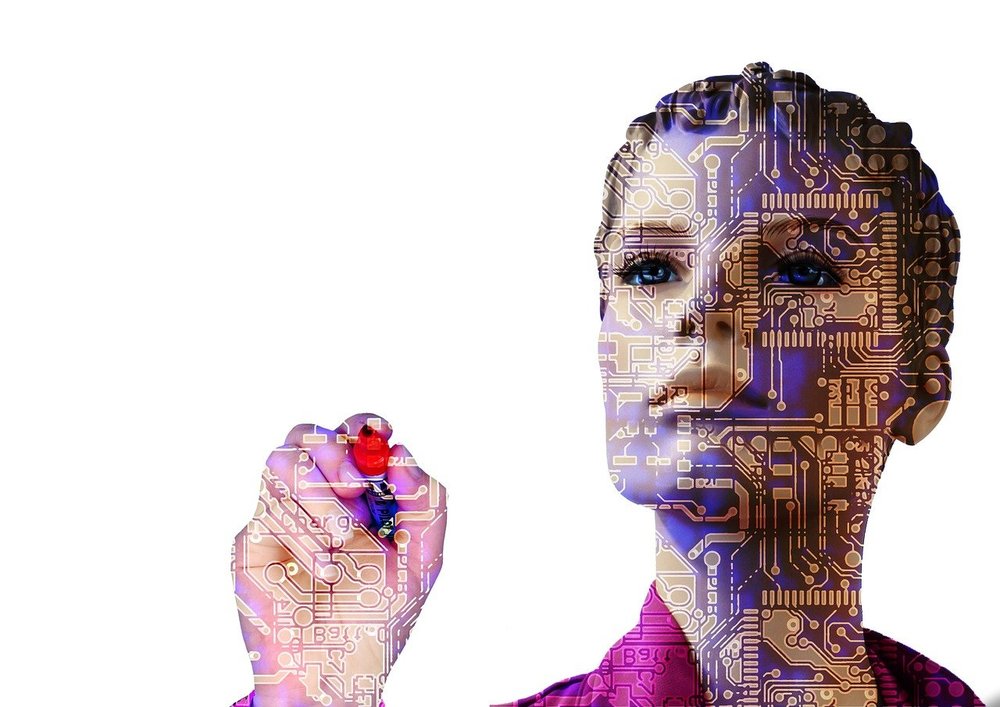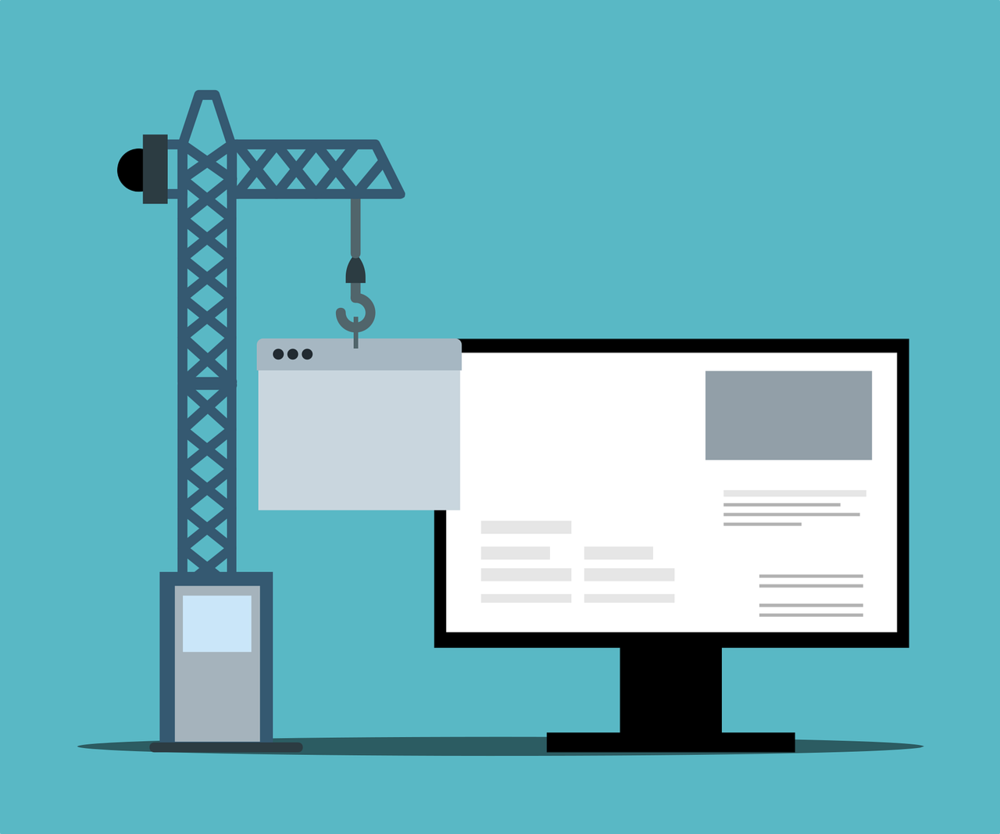This article is part of a blog series on the Virtual Design and Construction (VDC) world and what we can expect it to bring to the construction industry
Changes in construction projects occur all the time when the construction of the asset progresses.
Construction projects involve multi-discipline, multi-actor collaboration during the project lifecycle, including building maintenance actors. Autodesk commissioned a study in November 2022 where respondents' responses were:
- only 42% of contractors report that they update schedules daily or weekly
- In this pool, 20% say that they update the schedule within 1-2 days of becoming aware of a situation requiring schedule modification
On a construction project, it is important to:
- gather the pertinent data and analyze it
- use data to help improve project quality and the overall operational performance of your company.
What could be automated?
- Planning and managing processes, at various stages of design, construction, handover, and maintenance.
- Modeling and visualization
- Collaboration, data management and training.
What solutions are available to you?
- introducing new technologies that fit with your current workflow
- instituting the basics required, before fully embracing management software and automation
- allowing your people to work, collaboratively and interdependently, whilst integrating your processes, through automated systems, that are transparent and seamless.
How to improve your communication and optimize your information flow?
- bring all project data to a single dashboard
- use a set of collaborative and planning tools on the cloud
- utilize video conference and private instant messaging tools
- adopt virtual and augmented reality software to help all stakeholders visualize the new design's proportions, views, and dimensions
- improve data management, retrieval, and storage of historical data with the help of artificial intelligence.
How will these solutions help you to mitigate risks?
BIM execution planning, scoping, assigning tasks, scheduling, budgeting, verifying, and managing changes and issues that occur through the project's lifecycle, help you to appropriately document and communicate data in order to:
- reduce the risk of errors
- avoid clashes
- eradicate lengthy reworks
- lower costly material wastes
- boost profitability
- ease cash flow
- be compliant with ISO 19650 (BIM)
Data management improves:
- the organization of data from different projects with tracking in real-time
- the reusability of data to speed up the pre-design process and budget estimate accuracy
- interoperability to facilitate data transmission and data integrity, data errors and inconsistency, to boost projects’ profitability
- project delivery and documentation
- the way legal disputes are settled
- building sustainability assets in compliance with ISO 14001 (environment)
- cashflow management by making it easy, speedy, and accurate
- cash management by identifying and optimizing unnecessary spending.
All this is great, but how would you know if you need a management system?
Signs you need construction management software

Whilst managing a construction project, you should:
- estimate jobs
- draft and get contracts
- deliver high-quality projects
- keep your customers coming back
- keep tasks moving forward.
Software tools will help you to:
- be organized and efficient
- increase your productivity
- facilitate project supervision
- improve customer satisfaction.
Only by using digital construction management software, you can solve the following issues:
Clients’ frustration due to poor communication and lack of transparency
Coordination in construction projects comforts your clients in that:
- deadlines will be met
- all trades work will be delivered in sequence, on time, and on budget.
Sharing information internally and externally can avoid a breakdown in communication about the progress of the projects.
For example, if you have to reschedule a project’s start date, as the equipment is unavailable, and do not inform the project manager, the miscommunication will impact the relationships you have with your client.
Construction software helps to:
- improve internal and external communication
- correct inefficiencies for the project team
- store contacts and progress in one place
- check a project's status
- schedule the right trade, for the right jobs, at the right time
- keep all stakeholders informed by sending automatic real-time notifications about project developments
- answer clients’ questions easily and quickly.
Cluttered desks
Paperwork organization is essential to properly run construction projects, but most people are spending too much time searching for the right documents:
- missing invoices
- client details
- project details
Management software manages your documents efficiently so you can:
- upload and save all your files, paperwork, and communication in one repository
- access these documents from any device, from anywhere, as long as you have an internet connection
- answer clients’ questions even if you are not in the office
- coordinate the project teamwork, to deliver the project on time and on budget
- get more time to respond to bids.
Inaccurate and delayed estimates
Too many estimates are waiting on your desk to be calculated and sent, you are constantly chased by clients to get their quotes.
Management software can:
- automate mundane tasks
- calculate estimates
- produce quick budgets
- build detailed cost estimates and timelines within minutes
- accurately price material by searching costs by postcode
- create purchase orders and work orders
- produce reports that compare actual costs versus budgeted costs.
The right construction management software should address the root cause of your challenges.
What is construction management software?

Construction management platforms like Plannerly are effective to improve processes like:
- planning
- coordination
- monitoring construction progress.
The best management software for the building and construction industries can:
- meet the needs of all types of projects - residential, commercial, institutional, industrial, highway, and heavy civil
- be adaptable to users’ requirements
- handle projects of any size and any level of complexity.
Modern software as a service (SaaS) offerings are secure and reliable as well as available anywhere on any device. They are able to produce project data that:
- makes a difference in the job site productivity
- has a quick payoff
- is easily deployed
- accesses data in real-time
- manages budgets, resources, and documents.
Benefits of construction management software

Using the right project management platform for your needs brings you the best-expected outcomes and benefits.
Real-time communication and collaboration
You can expect to:
- remove communication barriers
- improve the planning and coordination of field operations
- connect external stakeholders to your construction firm
- clarify internal elements of the project’s requirements, using dashboards, shared calendars, and task scheduling.
Budgeting and Accounting
Budgets, forecasts, and accounting results are great features in construction management software. They allow you to:
- prepare the estimate of costs as part of project control
- reuse historical cost performance records from previous projects
- determine standards for the construction methods involved, and estimate the resources required
- support calculating the bid prices for the job
- record the project expenditure automatically, in the accounting software
- provide data for the budget dashboard
- track and monitor progress and create invoices automatically.
Resources management
Management of resources with management software involves:
- cost control and revenue estimation
- inventory and equipment management
- skill and knowledge availability
- alignment and optimization of resources with estimates
- tracking, analyzing, and organizing data
- development of future projects.
Document sharing and control
Sharing documentation among team members and external stakeholders is a great software capability, if it is integrated with other systems, it automates the following processes:
- access to information sources, blueprints, specifications, and digital plans
- management of documentation to produce the correct and latest information with fewer errors
- simplified decision-making thanks to data storage and standardized document templates.
Business expansion
To get a bigger share of your market you will need special features in your management software. Project management software helps to:
- implement efficient business processes
- complete projects faster
- increase return on investment
- create and manage jobs
- keep your expenditures under control
- save time
- reduce manual labor
- facilitate business process automation.
Examples of construction management software
Plannerly is a cloud-based BIM Management tool for architectural, engineering, construction companies, and building owners. It is designed to simplify BIM implementation by:
- automating the planning process
- collaboratively and accurately scheduling the project tasks
- monitoring the progress of a project
- improving collaboration & communication
- maximizing efficiency
- saving time
- reducing cost by avoiding clashes and lengthy reworks.
Procore is a cloud-based software that connects the entire business process, from bidding to closeout, with every member of your team working together in the same system. This is achieved by:
- improving communication for a remote workforce
- reducing the effort of documenting and communicating issues on construction sites
- simplifying data exchange and review of project progress
- meeting deadlines and project goals and objectives
- reducing the burden of planning training requirements
- mitigating the risks of litigations
- reducing insurance premium costs
- validating each deliverable for compliance before use.
Challenges of construction management software implementation

Any software has its own challenges. Construction management software is no exception, there are risks and issues associated with the implementation of the software. Below are the challenges you may have to deal with:
- integrating all your automated processes into a single solution
- avoiding entering the same data over and over again
- making sure the software helps to analyze productivity
- transmitting and accessing data in real-time
- speeding up user adoption
- being compliant with security standards
- training your personnel to perform their work skilfully using the software
- financing the cost of the software
- getting the right support from the software providers
- customizing the software
Construction management software offering

The increasing demand for construction project management software pushed software providers to be creative with their offerings:
SaaS
SaaS are cloud-based solutions for which you pay a monthly fee, instead of buying it outright, so you can use the software as a service. With SaaS, you can access data with any type of web-enabled device.
SaaS applications, completely integrated with the software, give users mobility:
- saving time
- improving collaboration
- enhancing productivity
Integration with analytics software
You collect plenty of data throughout the project lifecycle. Reusing data properly on future projects can improve their quality. Project management software providers include data analytics tools.
In Conclusion

Choosing and working with construction project management software is challenging but it is offset by the benefits you get.
Before choosing the right project management software you should ask yourself the following questions:
- which one is right for my type of project?
- will the software I acquire help me streamline my work processes and complete my projects safely, on time, and within budget?
Driving Vision's BIM expertise diagnostic looks at how you can eliminate waste (time and material), and improve your margins and the quality of the information provided during the design and construction phases.
A Driving Vision expert will conduct the interviews online and will issue a report and discuss our findings with you. Together we will decide the best way to implement the solutions at your pace and according to your budget.
Implementing BIM can be daunting, but Driving Vision is here to help you at the pace you are comfortable with. Get started by getting in touch now






